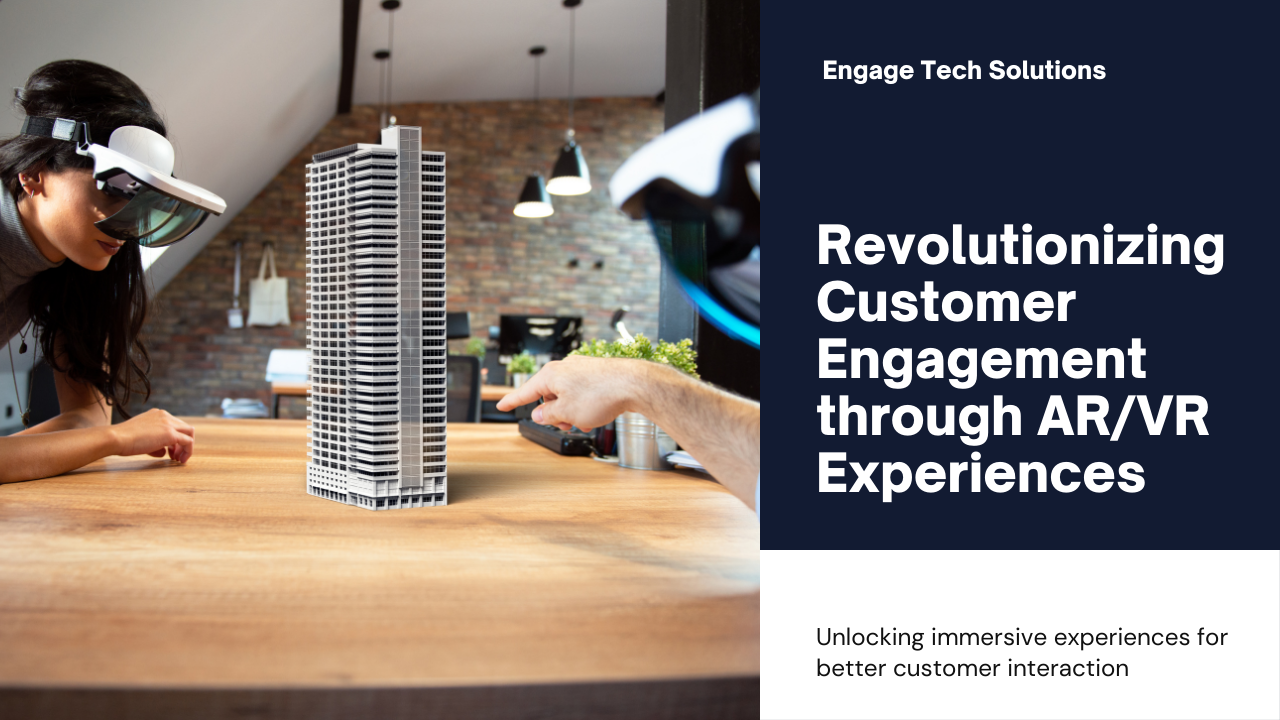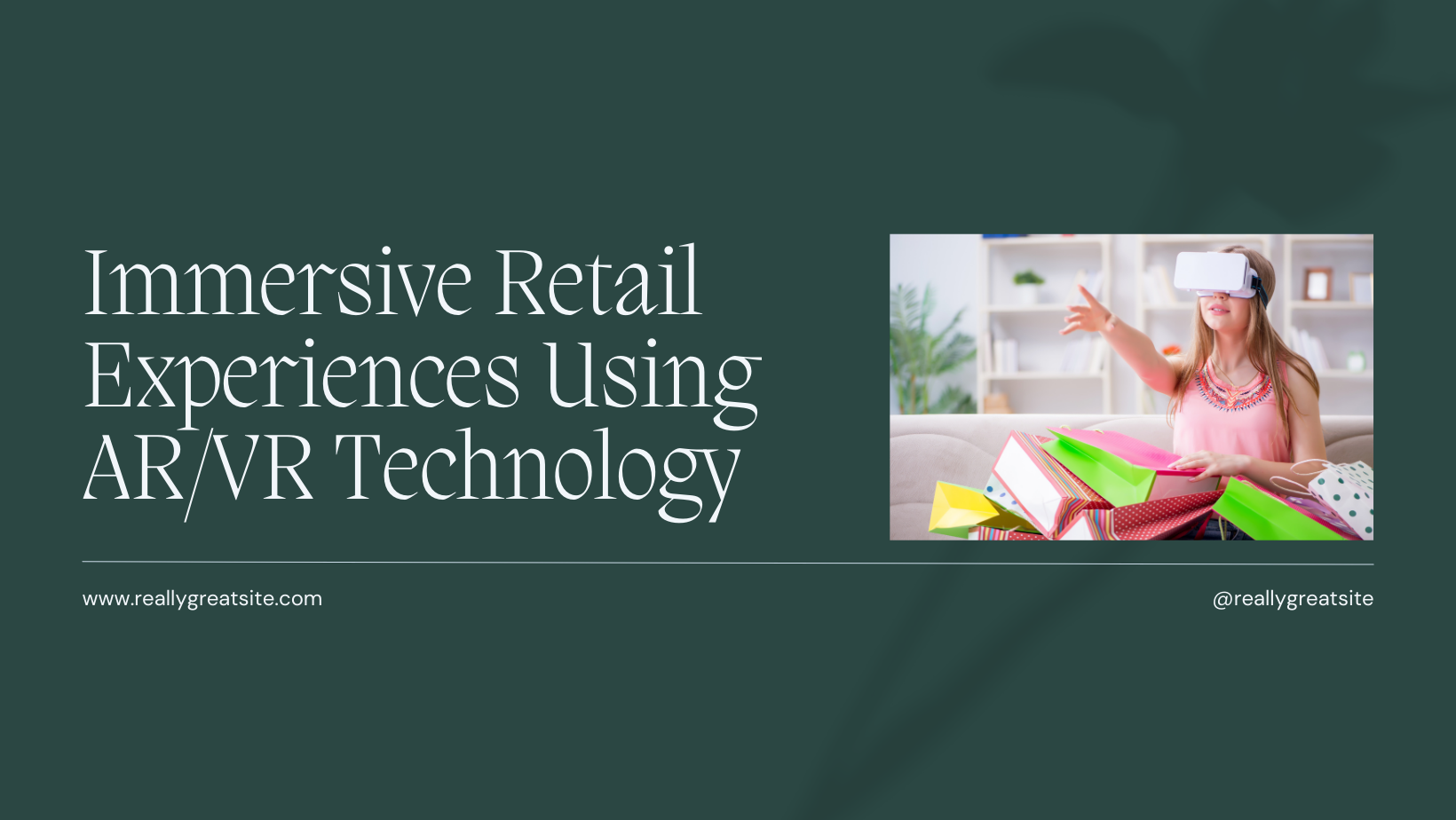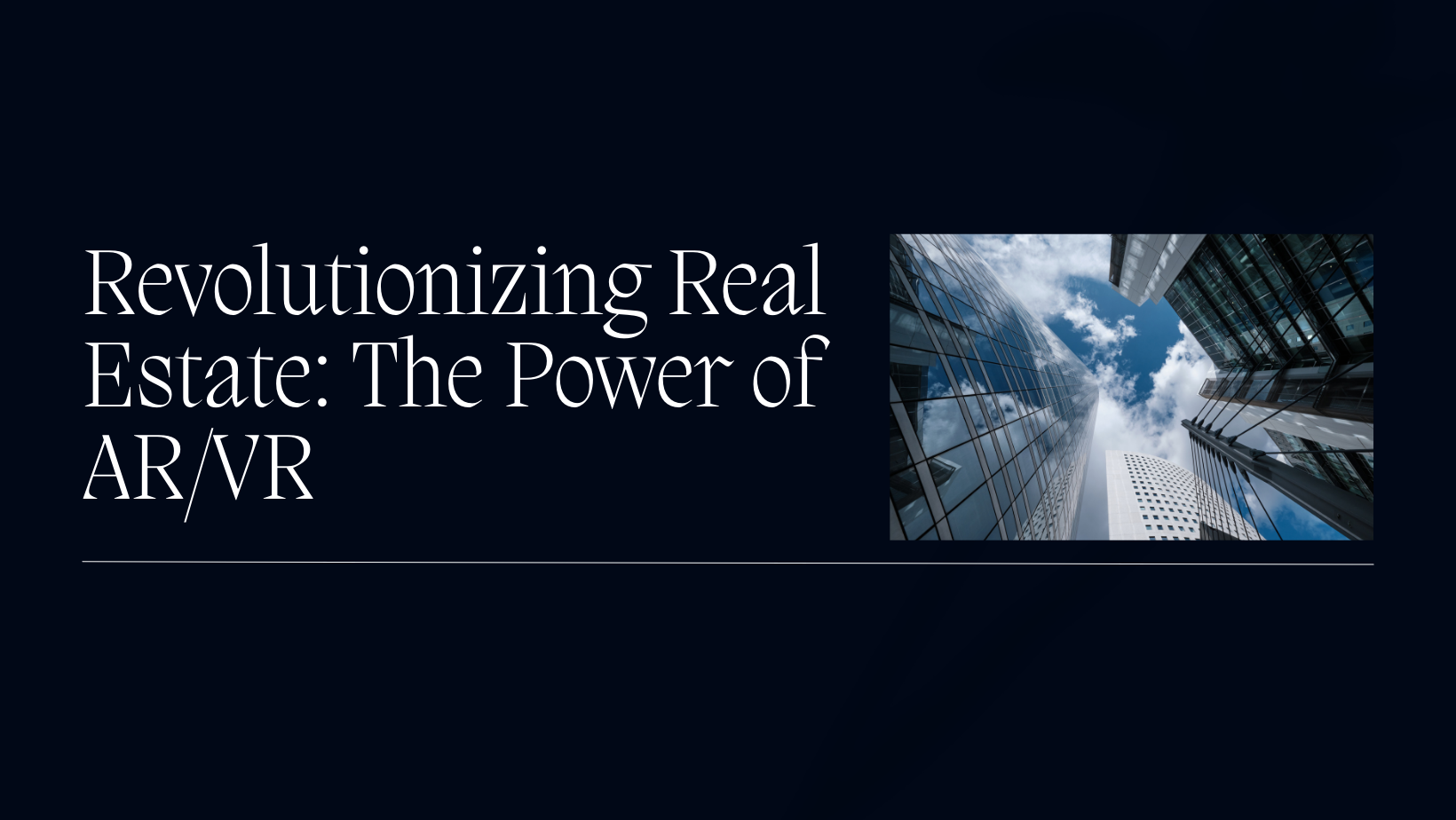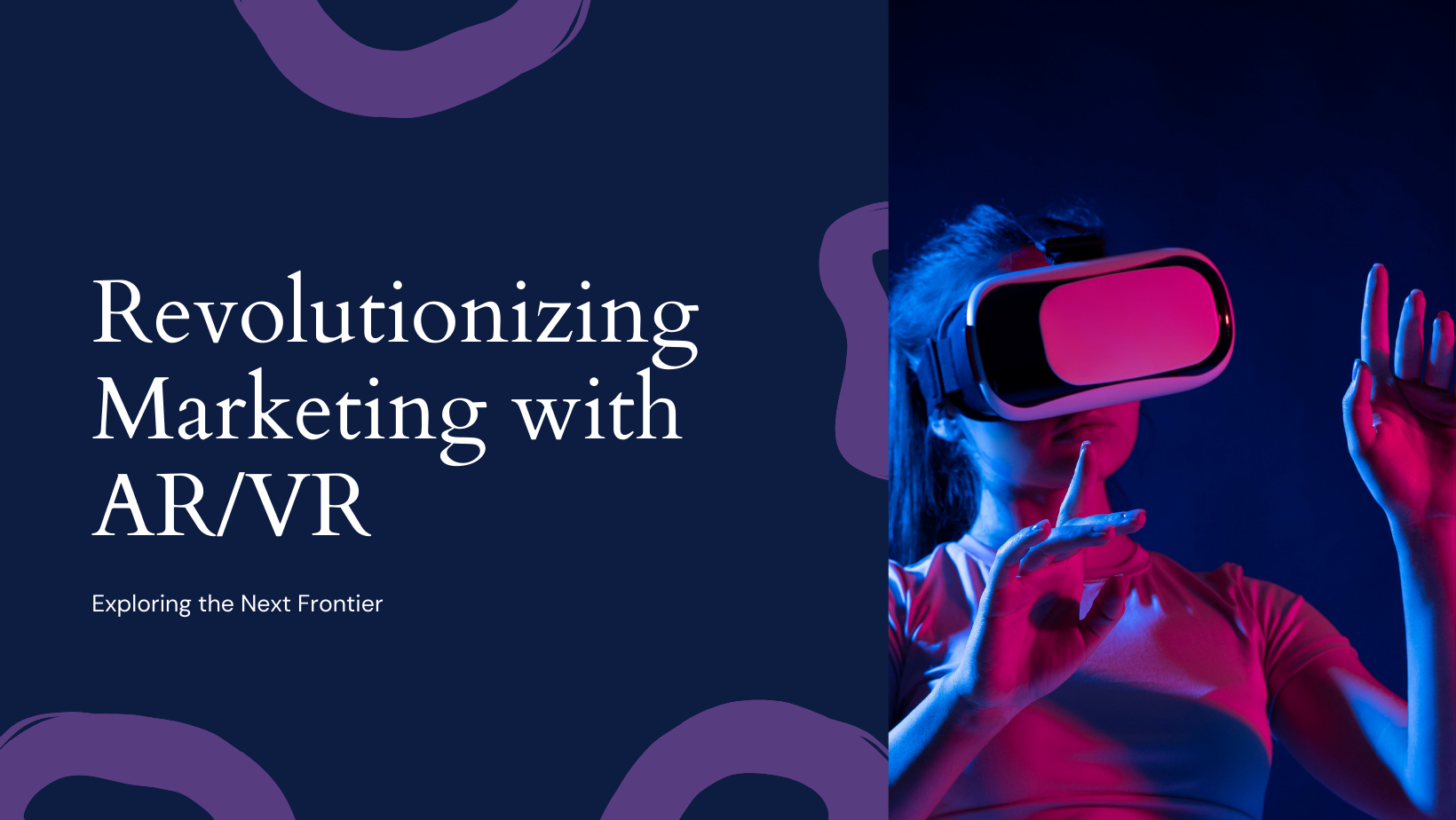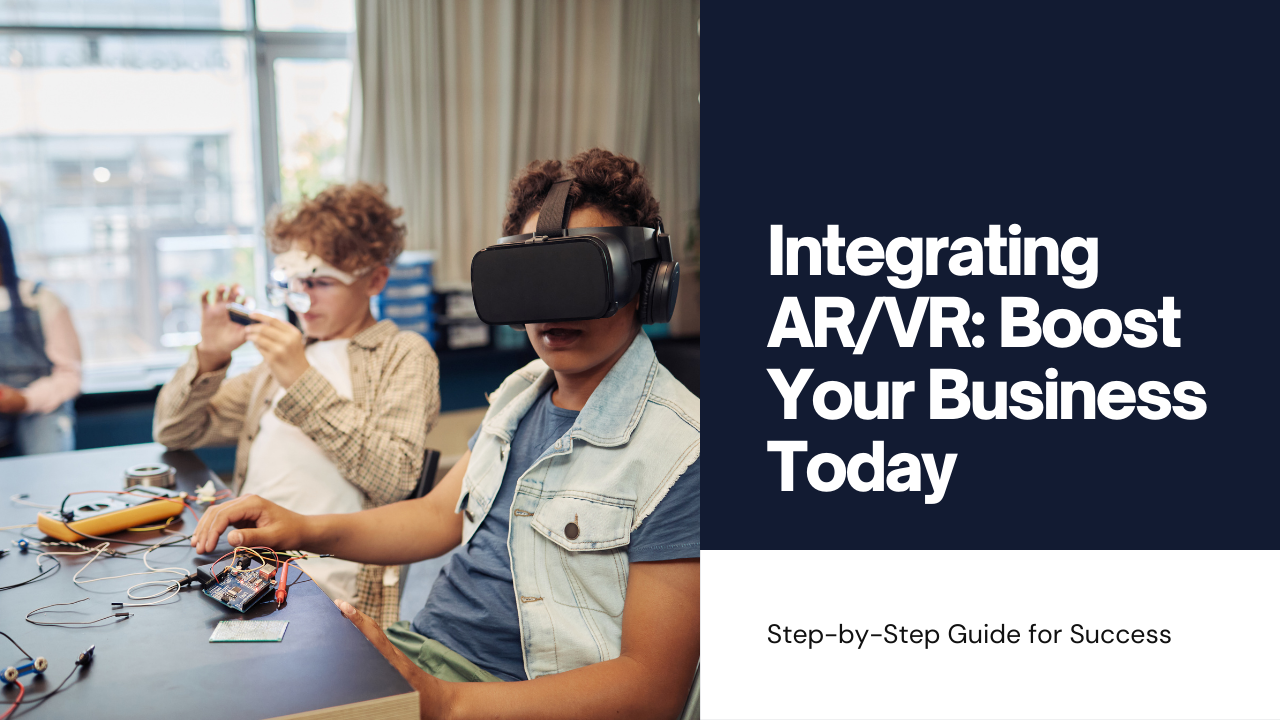Augmented Reality (AR) and Virtual Reality (VR) technologies are revolutionizing how we interact with digital content and perceive reality. These immersive technologies have diverse applications across industries, from gaming and entertainment to healthcare and education. This blog explores the fundamentals of AR and VR, their applications, key differences, current trends, and their promising future in technology.
Defining Augmented Reality (AR) and Virtual Reality (VR)
1. Augmented Reality (AR)
AR overlays digital information, such as images, text, or animations, onto the real-world environment. It enhances users’ perception of reality by integrating virtual elements into their surroundings through devices like smartphones, smart glasses, or heads-up displays (HUDs). AR enriches user experiences by providing contextual information, interactive content, and real-time data visualization.
2. Virtual Reality (VR)
VR immerses users in entirely simulated environments, typically through headsets or VR glasses. It creates a fully digital experience where users can interact with and navigate through virtual worlds. VR technology isolates users from their physical surroundings to provide an immersive, 360-degree experience that can simulate real-world scenarios or fantastical environments.
Applications of AR and VR Technology
1. Gaming and Entertainment
Both AR and VR have revolutionized the gaming and entertainment industries by offering immersive experiences and interactive gameplay. AR games like Pokemon Go blend virtual characters with real-world locations, encouraging outdoor exploration. VR gaming transports users to virtual worlds where they can interact with environments and characters in ways previously unimaginable.
2. Education and Training
AR and VR are transforming education and training by creating immersive learning environments. AR enhances traditional learning materials with interactive 3D models, simulations, and educational content overlays. VR enables students and professionals to practice skills in realistic simulations, such as medical procedures, flight simulations, and architectural design, fostering experiential learning and skill development.
Key Differences Between AR and VR
1. Interaction with Reality
AR supplements and enhances the real-world environment by overlaying digital information, requiring interaction with physical surroundings. VR, in contrast, creates entirely immersive, digital environments that isolate users from reality.
2. User Experience and Immersion
AR maintains users’ connection with the real world while enhancing it with virtual elements. VR provides a fully immersive experience that transports users to virtual environments, stimulating multiple senses for a heightened experience.
Current Trends in AR and VR Technology
1. Enterprise Applications
Businesses are adopting AR and VR for training simulations, virtual meetings, product prototyping, and remote assistance. These technologies streamline operations, improve employee productivity, and enhance customer engagement through immersive experiences.
2. Healthcare Innovations
AR and VR are revolutionizing healthcare with applications in surgical training, patient rehabilitation, pain management, and medical education. Surgeons use AR overlays for real-time guidance during surgeries, while VR therapies assist patients in overcoming phobias and PTSD through exposure therapy.
The Future of AR and VR Technology
1. Integration with AI and IoT
Future advancements will integrate AR and VR with Artificial Intelligence (AI) and the Internet of Things (IoT) to create smarter, interconnected environments. AI-driven algorithms will personalize AR/VR experiences based on user behavior, while IoT devices will enhance interaction and data exchange within virtual and augmented spaces.
2. Extended Reality (XR) and Beyond
The evolution of Extended Reality (XR), which combines AR, VR, and Mixed Reality (MR), will blur the boundaries between physical and digital worlds. XR technologies will enable seamless transitions between real and virtual environments, offering new opportunities for communication, collaboration, and creativity across industries.
Conclusion: Embracing the Future of AR and VR
AR and VR technologies are reshaping industries, enhancing user experiences, and paving the way for a digitally augmented future. As businesses and consumers embrace these immersive technologies, Sodio Technologies remains at the forefront of innovation, delivering cutting-edge solutions that harness the power of AR and VR to drive transformation and create meaningful, engaging experiences.
As we navigate the evolving landscape of AR and VR technology, understanding their applications, differences, and future implications is crucial. Embrace the possibilities of AR and VR to unlock new opportunities, drive innovation, and shape the future of technology.

